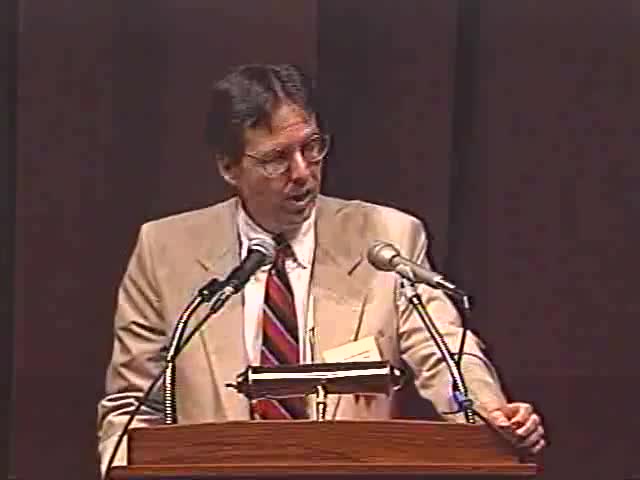American Fur Company dominates Upper Missouri trade and fosters early settlements
May 12, 2025 | Missoula, Missoula County, Montana
Thanks to Scribe from Workplace AI , all articles about Montana are free for you to enjoy throughout 2025!

This article was created by AI using a video recording of the meeting. It summarizes the key points discussed, but for full details and context, please refer to the video of the full meeting. Link to Full Meeting
Key discussions will center around the successful operations of Astor's AFC on the Upper Missouri, which established Forts Union and Benton as pivotal trading posts. These forts not only facilitated trade but also helped to integrate the AFC into the local economy, particularly with the Blackfeet tribes. The meeting will reflect on how these interactions laid the groundwork for permanent settlements in the area, notably Fort Benton, Montana, and Astoria, Oregon, which remain as testaments to the fur trade era.
The meeting will also explore the transition from fur trading to settlement, marked by the establishment of Fort Bridger and the arrival of steamboats, which revolutionized travel and commerce in the region. Notable explorers and artists, including George Catlin and John James Audubon, will be acknowledged for their contributions to documenting the landscapes and cultures of the Northwest during this transformative period.
Additionally, the role of Christian missionaries, such as Marcus and Narcissa Whitman, will be discussed. Their efforts to establish missions in the region were closely tied to the infrastructure created by the fur trade, leading to the founding of early communities in Washington and Montana.
As Missoula prepares for this significant meeting, the discussions promise to shed light on the historical narratives that have shaped the region and continue to influence its identity today. The outcomes of this meeting are expected to foster a deeper understanding of the area's rich history and its implications for future community development.
Converted from American Encounters, Lewis & Clark, The Exploration of the Northwest meeting on May 12, 2025
Link to Full Meeting
Comments
View full meeting
This article is based on a recent meeting—watch the full video and explore the complete transcript for deeper insights into the discussion.
View full meeting